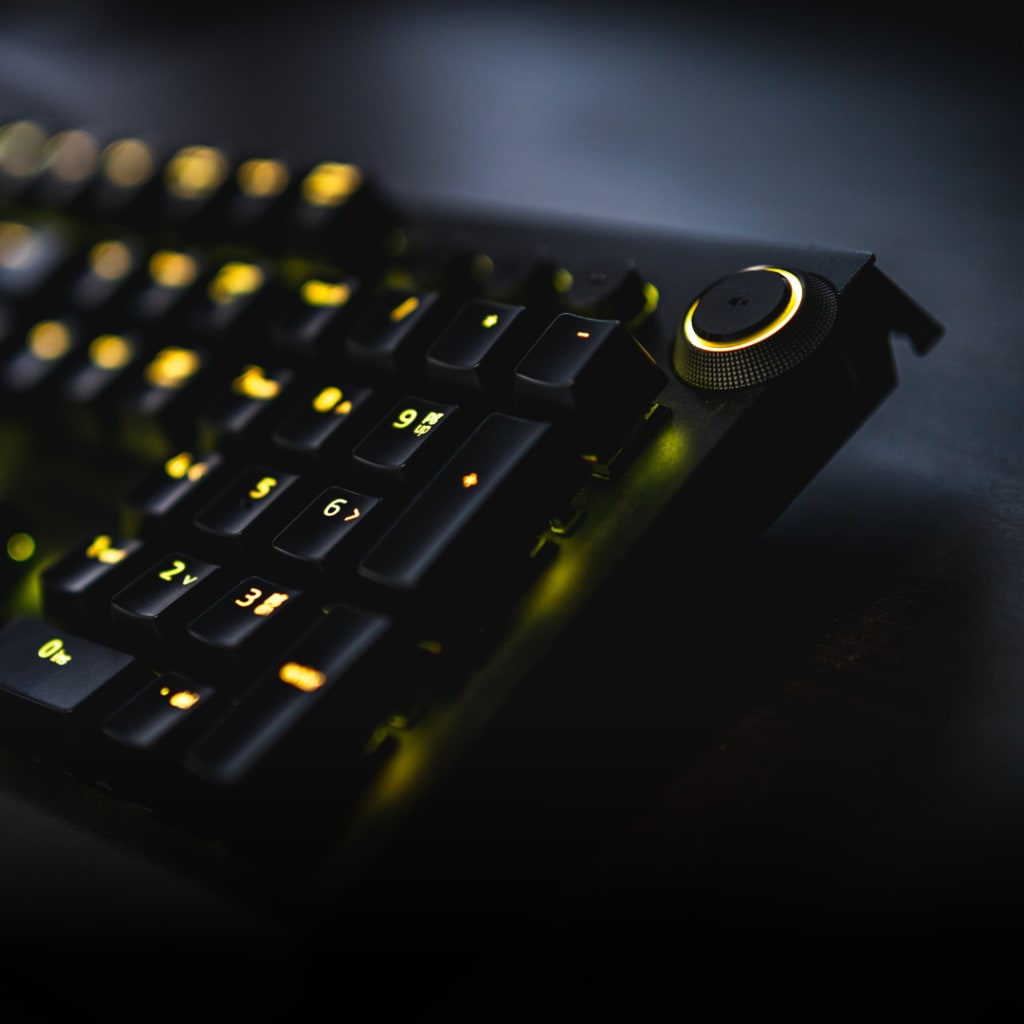Content warning
This story may contain sensitive material or discuss topics that some readers may find distressing. Reader discretion is advised. The views and opinions expressed in this story are those of the author and do not necessarily reflect the official policy or position of Vocal.

Keyboard shortcuts are a powerful tool for increasing productivity and efficiency when using a computer. They allow users to perform various tasks with just a few key presses, eliminating the need to navigate through menus or use a mouse for every action. Here, we will explore a comprehensive list of computer shortcut keys across different operating systems and applications.
General Shortcuts:
Ctrl + C: Copy selected item(s) to the clipboard. This shortcut is commonly used for copying text, files, or images.
Ctrl + X: Cut selected item(s). Similar to copy, but it removes the selected item from its original location and places it in the clipboard.
Ctrl + V: Paste the contents of the clipboard. Use this shortcut to insert the copied or cut item(s) at the current cursor position.
Ctrl + Z: Undo the last action. If you make a mistake, this will revert the recent change.
Ctrl + Y: Redo the last undone action. If you've used Ctrl + Z and want to reapply the change, this shortcut is handy.
Ctrl + A: Select all items. In many applications, this selects all the content or items available, such as text, files, or cells in a spreadsheet.
Ctrl + S: Save the current document or file. Quickly save your work without using the mouse.
Ctrl + P: Print the current document. Opens the print dialog to initiate printing.
Ctrl + F: Open the "Find" or "Find and Replace" dialog to search for text or content within a document or web page.
Ctrl + N: Open a new window or document in applications or a new browser window in web browsers.
Ctrl + O: Open a file or document. This shortcut helps quickly open files without navigating through menus.
Ctrl + W: Close the current window or tab. Use this to close active windows or tabs in applications and web browsers.
Ctrl + Shift + N: Create a new folder. This shortcut works in many file explorers and operating systems.
Ctrl + Esc: Open the Start menu (Windows key alternative). Useful for users without a Windows key on their keyboard.
Alt + F4: Close the active window or application. This is a universal shortcut to close active applications.
Alt + Tab: Switch between open applications/windows. Allows you to quickly toggle between open windows without using the mouse.
File Explorer Shortcuts:
F2: Rename the selected file or folder. This shortcut lets you quickly change the name of files or folders.
F3: Open a search window. In many file explorers, this opens a search dialog to find files or folders.
F5: Refresh the current window. This is handy when the contents of a folder or directory have changed, and you need to update the view.
Alt + Enter: Display the properties of the selected item. Provides detailed information about the selected file or folder.
Browser Shortcuts (for most web browsers):
Ctrl + T: Open a new tab. Useful for multitasking and keeping multiple web pages open simultaneously.
Ctrl + Shift + T: Reopen the last closed tab. If you accidentally close a tab, use this shortcut to reopen it quickly.
Ctrl + Tab: Switch between open tabs. Navigate through open tabs without using the mouse.
Ctrl + 0: Reset zoom to default. Restores the default zoom level of a web page.
Ctrl + +: Zoom in. Increases the zoom level of the web page.
Ctrl + -: Zoom out. Decreases the zoom level of the web page.
Ctrl + R or F5: Refresh the current page. Reloads the current web page to display the latest content.
Word Processing Shortcuts (e.g., Microsoft Word):
Ctrl + B: Bold text. Applies bold formatting to selected text.
Ctrl + I: Italicize text. Applies italic formatting to selected text.
Ctrl + U: Underline text. Adds an underline to selected text.
Ctrl + L: Align text left. Left-aligns the selected paragraph or text.
Ctrl + R: Align text right. Right-aligns the selected paragraph or text.
Ctrl + E: Align text center. Centers the selected paragraph or text.
Ctrl + J: Justify text. Justifies the selected paragraph or text (aligns both left and right edges).
Ctrl + P: Print the document. Initiates the printing process.
Ctrl + Home: Move to the beginning of the document. Quickly navigate to the start of the document.
Ctrl + End: Move to the end of the document. Quickly navigate to the end of the document.
Ctrl + Left Arrow: Move one word to the left. Jumps the cursor one word to the left.
Ctrl + Right Arrow: Move one word to the right. Jumps the cursor one word to the right.
These are just a selection of the many computer shortcut keys available to enhance your computing experience. Learning and incorporating these shortcuts into your daily workflow can save time and make you a more efficient computer user. Keep in mind that some shortcuts may vary depending on the operating system and software you're using, so it's a good idea to explore specific shortcuts for the applications you use most frequently. Happy computing!
About the Creator
Enjoyed the story? Support the Creator.
Subscribe for free to receive all their stories in your feed. You could also pledge your support or give them a one-off tip, letting them know you appreciate their work.





Comments
There are no comments for this story
Be the first to respond and start the conversation.